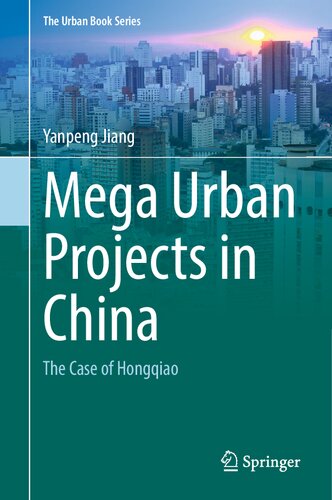

Most ebook files are in PDF format, so you can easily read them using various software such as Foxit Reader or directly on the Google Chrome browser.
Some ebook files are released by publishers in other formats such as .awz, .mobi, .epub, .fb2, etc. You may need to install specific software to read these formats on mobile/PC, such as Calibre.
Please read the tutorial at this link: https://ebookbell.com/faq
We offer FREE conversion to the popular formats you request; however, this may take some time. Therefore, right after payment, please email us, and we will try to provide the service as quickly as possible.
For some exceptional file formats or broken links (if any), please refrain from opening any disputes. Instead, email us first, and we will try to assist within a maximum of 6 hours.
EbookBell Team

4.0
16 reviewsThis book is the first systematic account of mega urban projects in China, covering their construction, operation and planning. It is a detailed examination of the planning and construction of Hongqiao and its impact on local residents. In short, the aim of this book is to examine the process of planning and development of the Hongqiao transportation and commercial zone, to explore its relationship to urban development and spatial restructuring in Shanghai, and in doing so to comment on and critique the nature of urban change in contemporary China, which is characterized as property- and infrastructure-driven. Mega urban projects are arguably the quintessential symbol of entrepreneurial urbanism, and it is no coincidence that they have become a familiar part of the urban scene throughout the world, not least in East Asia. They can be seen as both a consequence of, and a response to, the deindustrialization of leading cities, first in North America and Europe and then in East Asia, as economies transitioned to globalized neoliberalism. This book provides a comprehensive overview of the main features of the land-based urban growth coalition formed in Hongqiao by introducing the detailed picture of the Hongqiao project, and it outlines the recent example of the competitive rush to urban projects in China's largest cities that has led to the proliferation of new financial districts in Beijing and Guangzhou.